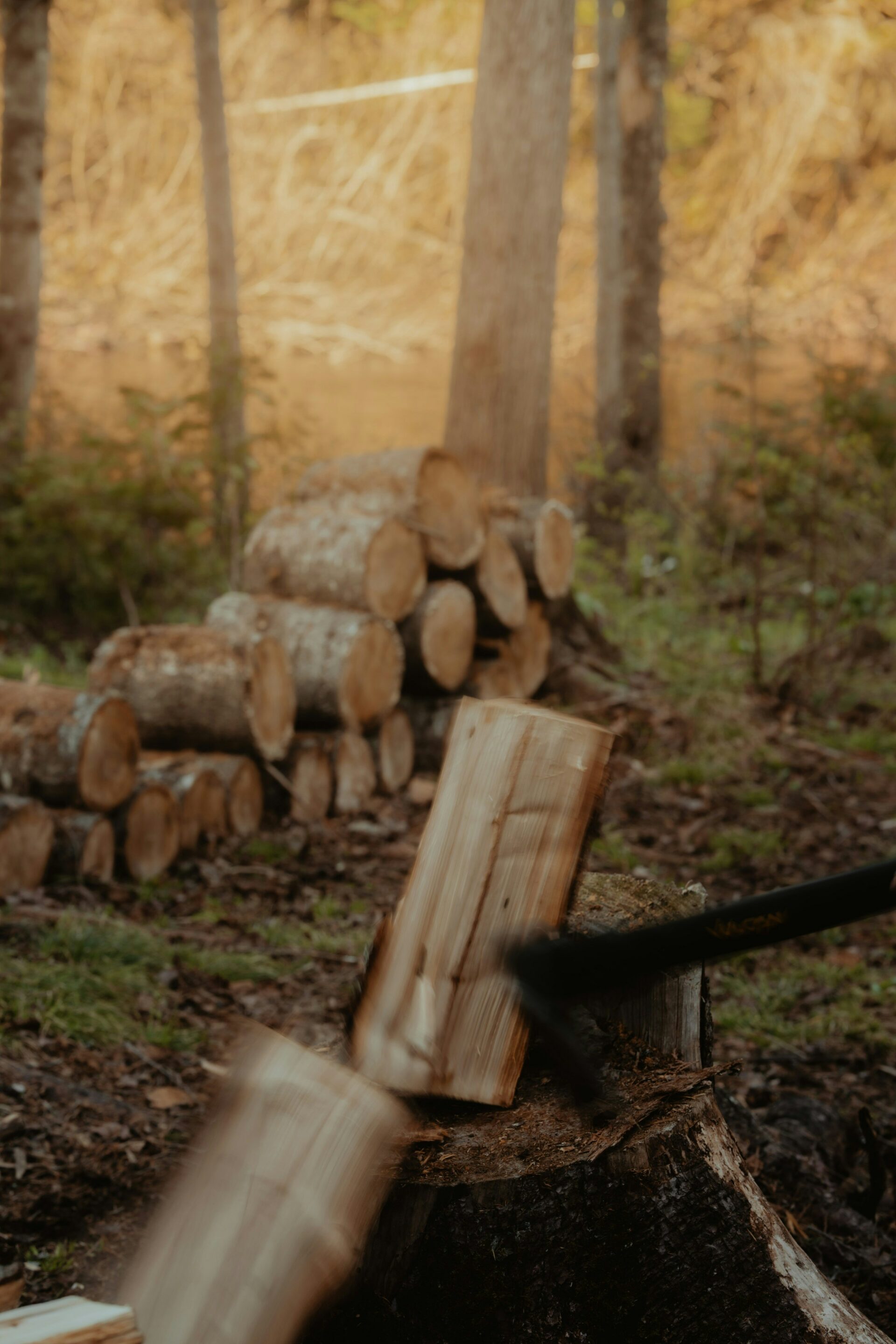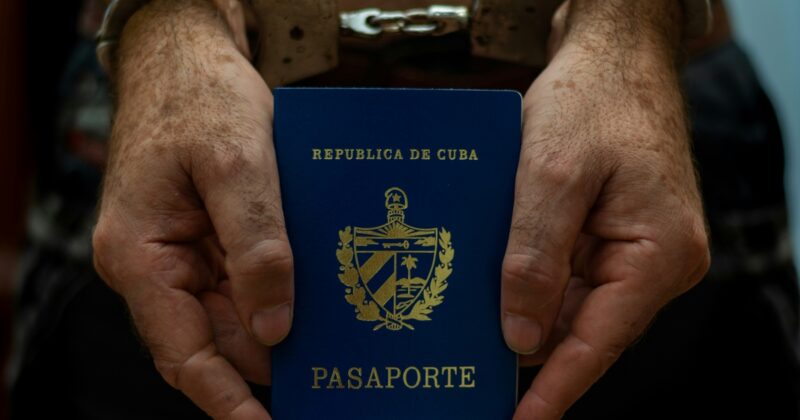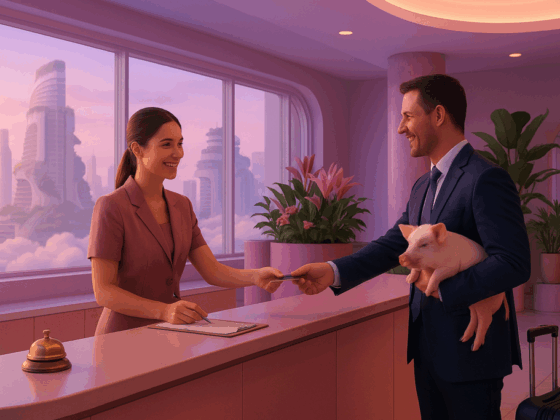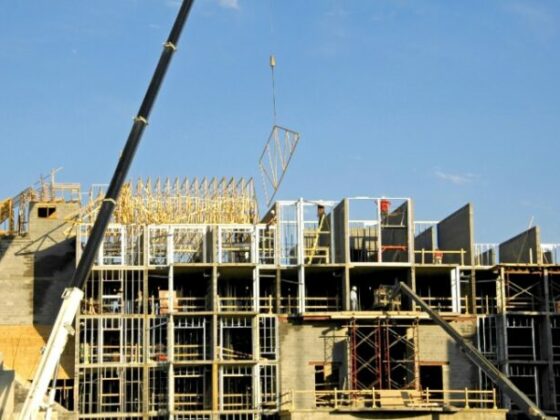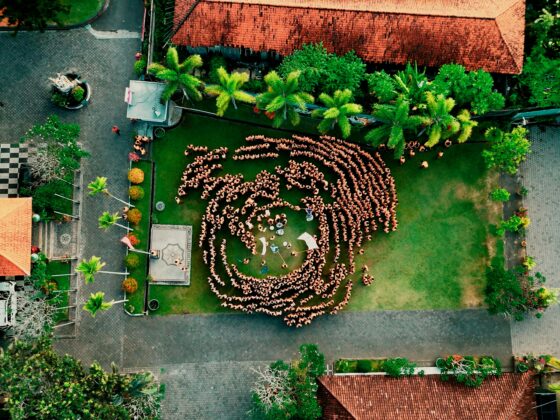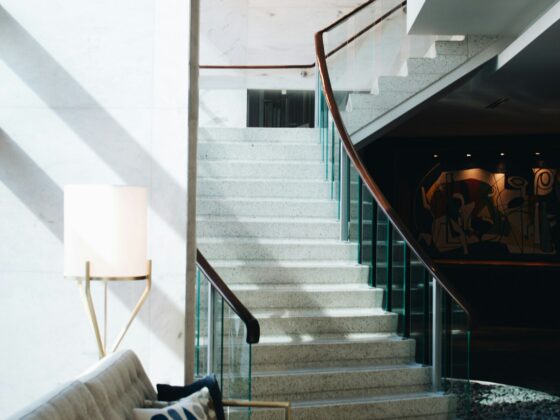Challenge: Changing Target Market to Align with Added Inventory
A small vacation rental company in the Northeast with 36 cabins was getting ready to build two large properties, one of which would have an indoor pool, about a mile from a popular ski resort. This expansion was in addition to bringing on a couple of newly built homes they were adding to their management program which would mean 20% of their cabins would have eight bedrooms or more. By the end of 2024, they would own 8% of the properties they managed.
With a majority of their revenue coming from Vrbo, and their inventory evolving to demand a different type of clientele, they needed a shift in their marketing strategy. Their brand had been around since 1999 and was still using the same logo the owner sketched out on a napkin. The website had not been updated in more than five years and the majority of their inbound inquiries were for budget-friendly stays or general visits to the area.
Marketing Strategy: ADR vs Conversion
In order to align the marketing with where the product and services were headed, we started from the top down. By January of 2025, our months-long effort resulted in a 217% increase in purchase revenue.
The mission and vision of the company was to provide a comfortable, spacious and clean space for all types of people to enjoy spending time together. The co-founders had physically built several of the homes themselves having designed them as vacation homes, with every bedroom having an en suite bathroom and every home having a game room, outdoor hot tub and a fire pit. But as the homes got larger and nicer, the ADR went up and the conversions went down.
Without changing too much about the well-known look of the logo, the strategy was to refresh the branding and messaging then use that to redesign the website for a higher end look and feel. Then the Google Ads strategy changed to target different keyword groups and direct that traffic to dedicated landing pages on the new site for a better overall experience, which increased conversions from 1% to 2.2%.
Driving Revenue Direct over OTAs
To make the new inventory stand out on the OTAs, we created branded collages showcasing the well-kept amenities. Additionally, a photo shoot using a multi-generational family showcased how the outdoor areas brought people together to enjoy the spaces. This increased time spent viewing the photos and inbound inquiries from qualified leads.
Social media videos showing walkthroughs of the spaces and concerted local public relations effort culminated the makeover and led to calls from large corporate brands asking for blocks of reservations for multiple properties and local events coordinators negotiating several reservations at once. These new business opportunities represented exactly the type of clientele the company was hoping to attract with their upscale properties and enhanced management services.
Results: Impact on Revenue from Google and Social Media
Combined, these efforts resulted in significant improvements across all metrics:
- Bookings for spring being up 17.9% over the year before with a 10.3% increase in ADR
- Revenue from the website saw an 81% increase in January of 2025 compared to January of 2024
- 30% increase in bookings from Google Ads
- Social media saw a 7.4% click through rate, the highest over a 12-month period
- 4.8 star rating on Google reviews, which normally range from 4.0 to 4.5 in this area
Learnings: Branding and Online Reviews
Aligning the branding and online user experience to match the quality of the guest experience increased conversion rates and REVpar allowing the company to grow in the right direction. Supporting this alignment with social proof points amplified the effectiveness of the entire marketing ecosystem, creating a virtuous cycle of quality guests, positive reviews, and increased visibility.
When the logo, tagline and photography accurately convey the experience the guest will have, the likelihood of reaching the right target audience increases and therefore the satisfaction goes up as well. This case study demonstrates how strategic marketing alignment creates sustainable growth opportunities for hospitality providers of all sizes.
By building an online presence to match the grandeur of the gorgeous, well-outfitted cabins they were building, this vacation rental company was able to enjoy a year over year increase in revenue of 11% while positioning themselves for continued expansion in the luxury accommodations market.
About Cayuga Hospitality Consultants
Cayuga Hospitality Consultants is a global network of independent consultants focused on the hospitality industry. Consultants are available to work independently on assignments or can be organized as a team or task force to achieve the greatest possible results for our clients. Areas of expertise include operations, sales, marketing, finance, asset management, development, technology, insurance, litigation and sustainability for all areas of hospitality, including hotels/resorts, spas/clubs, restaurants/bars, and casinos. Consultants’ goals are to provide practical, profit-oriented advisory services across a broad range of hospitality property types and business models plus hands-on support implementing their recommendations.
For more information, view their hospitality consulting services or follow them on LinkedIn.
